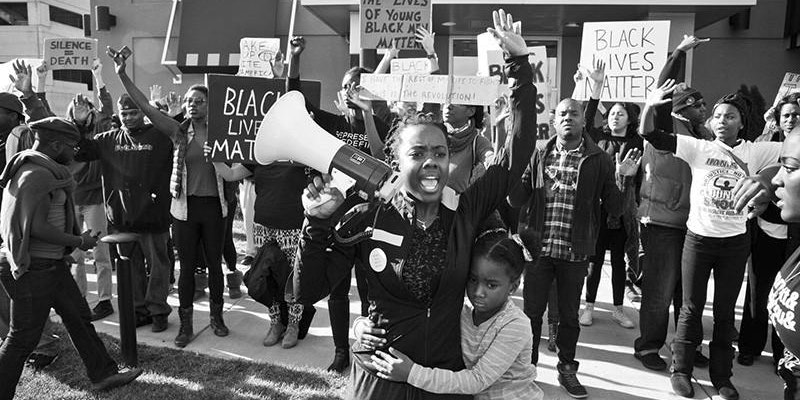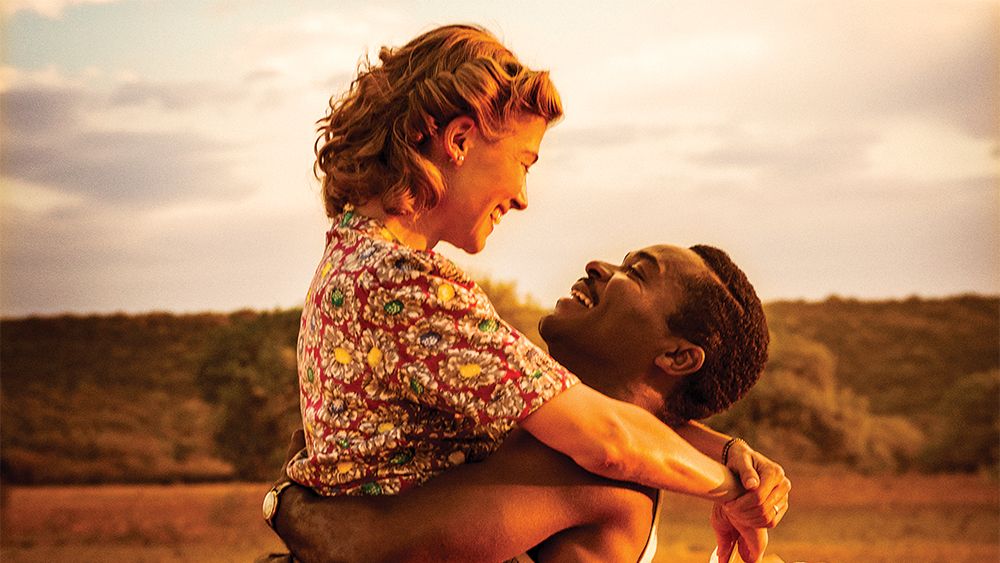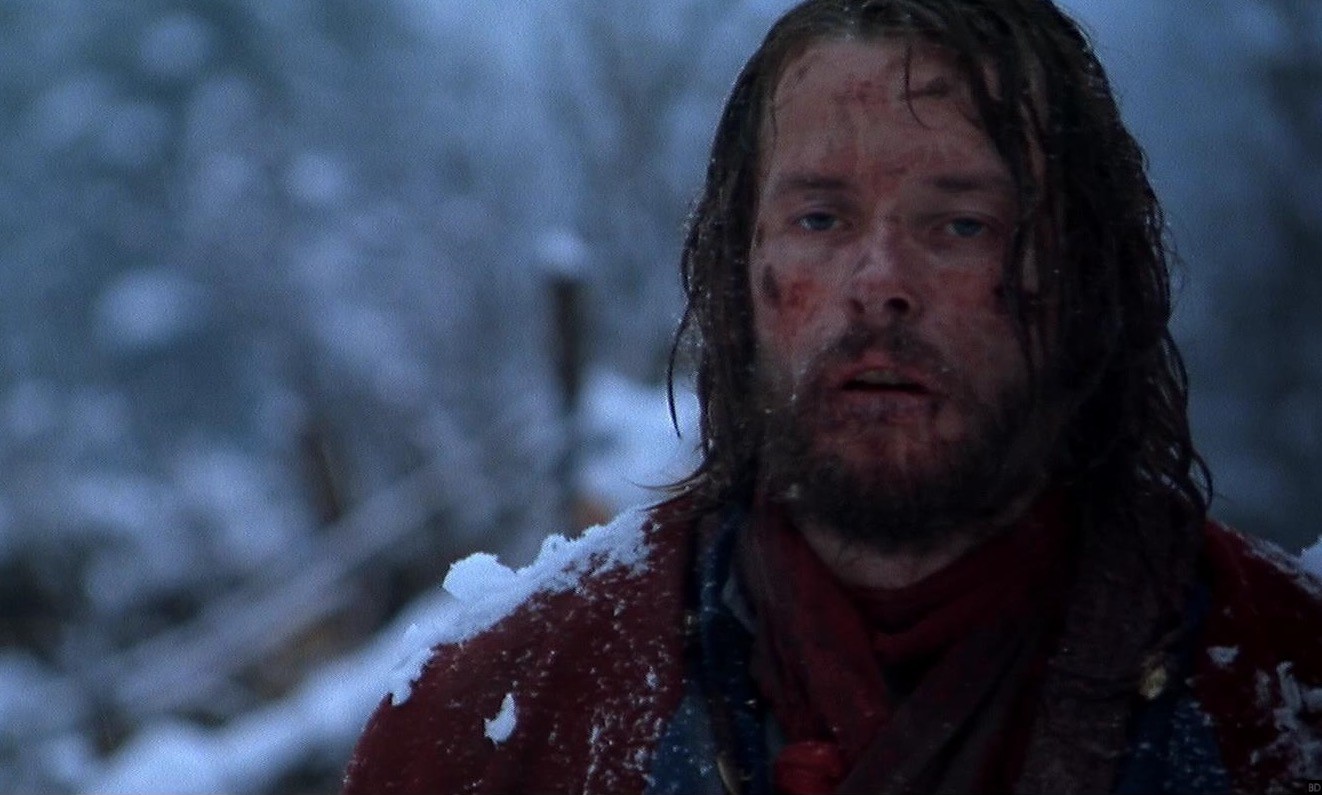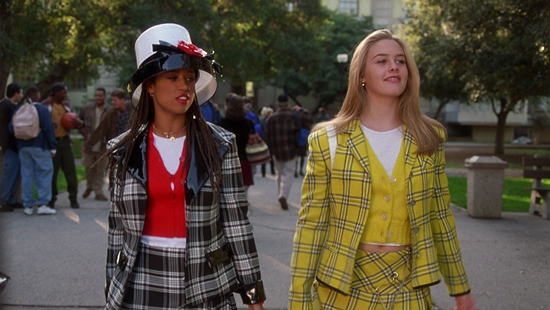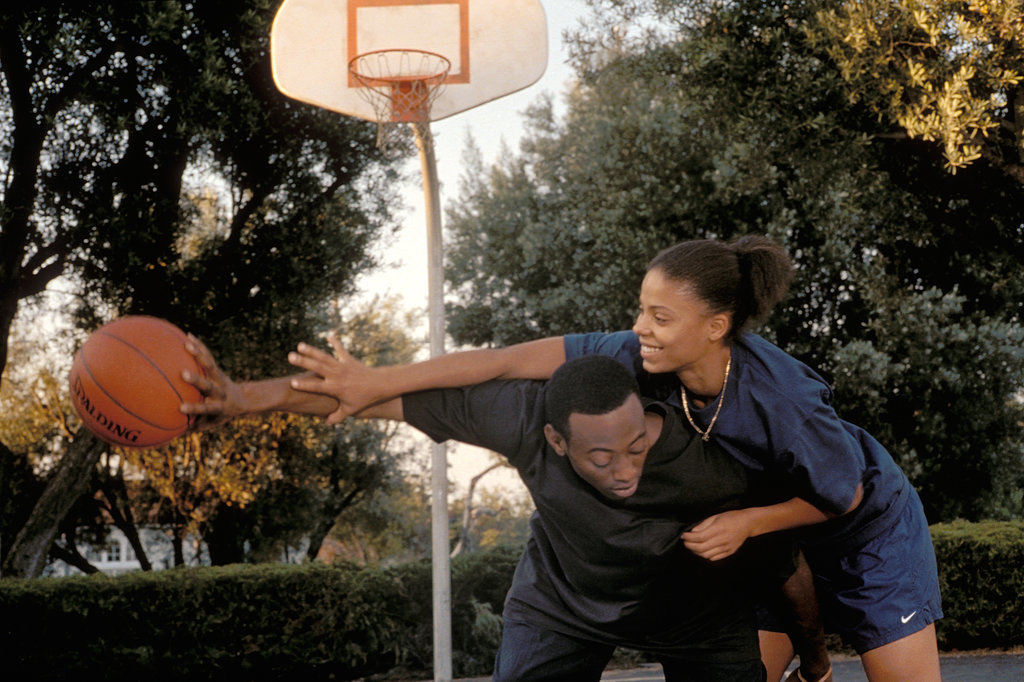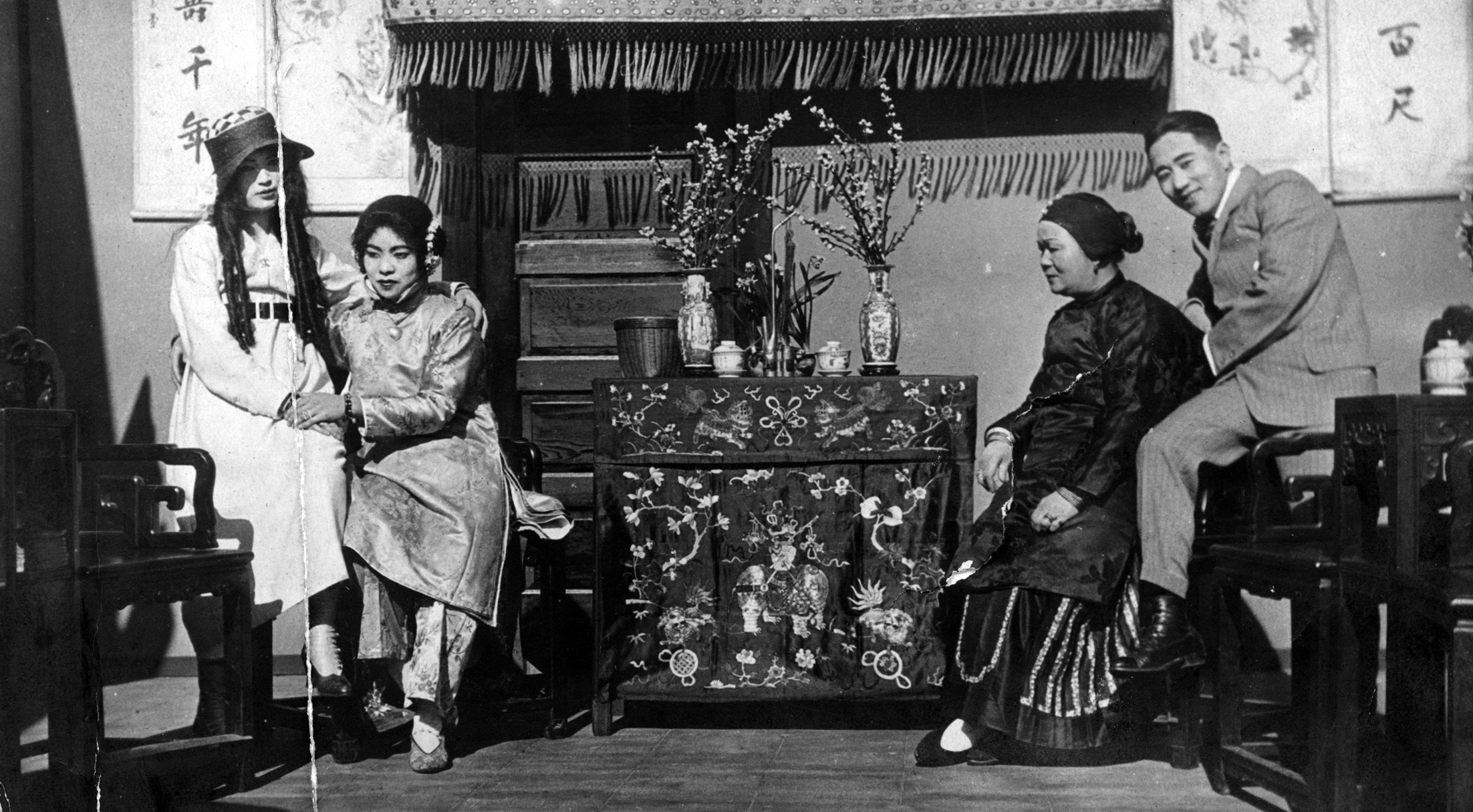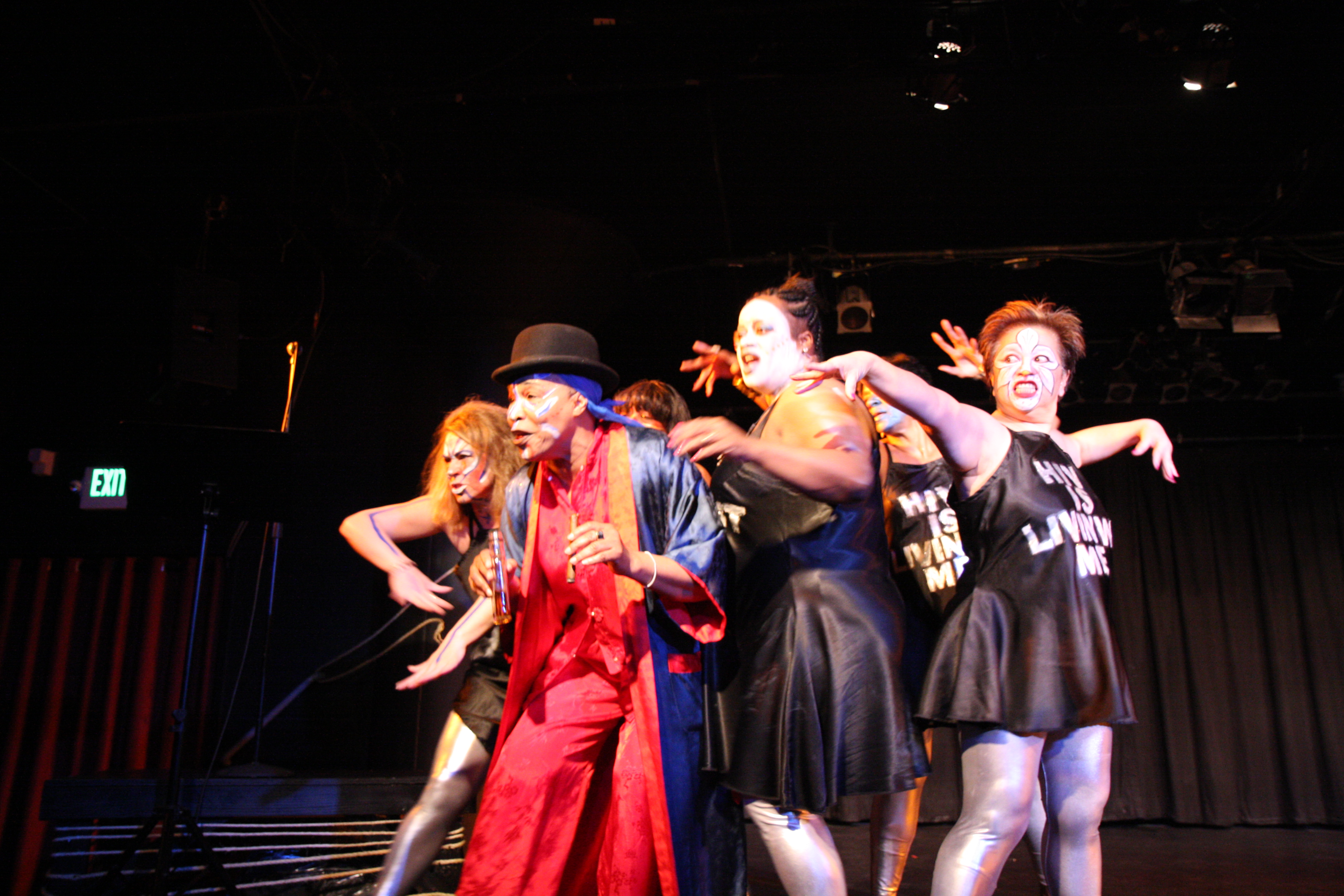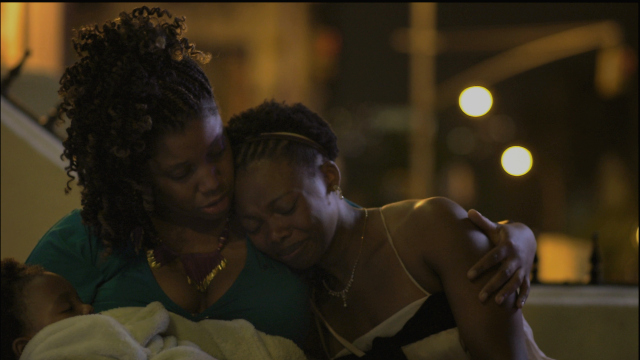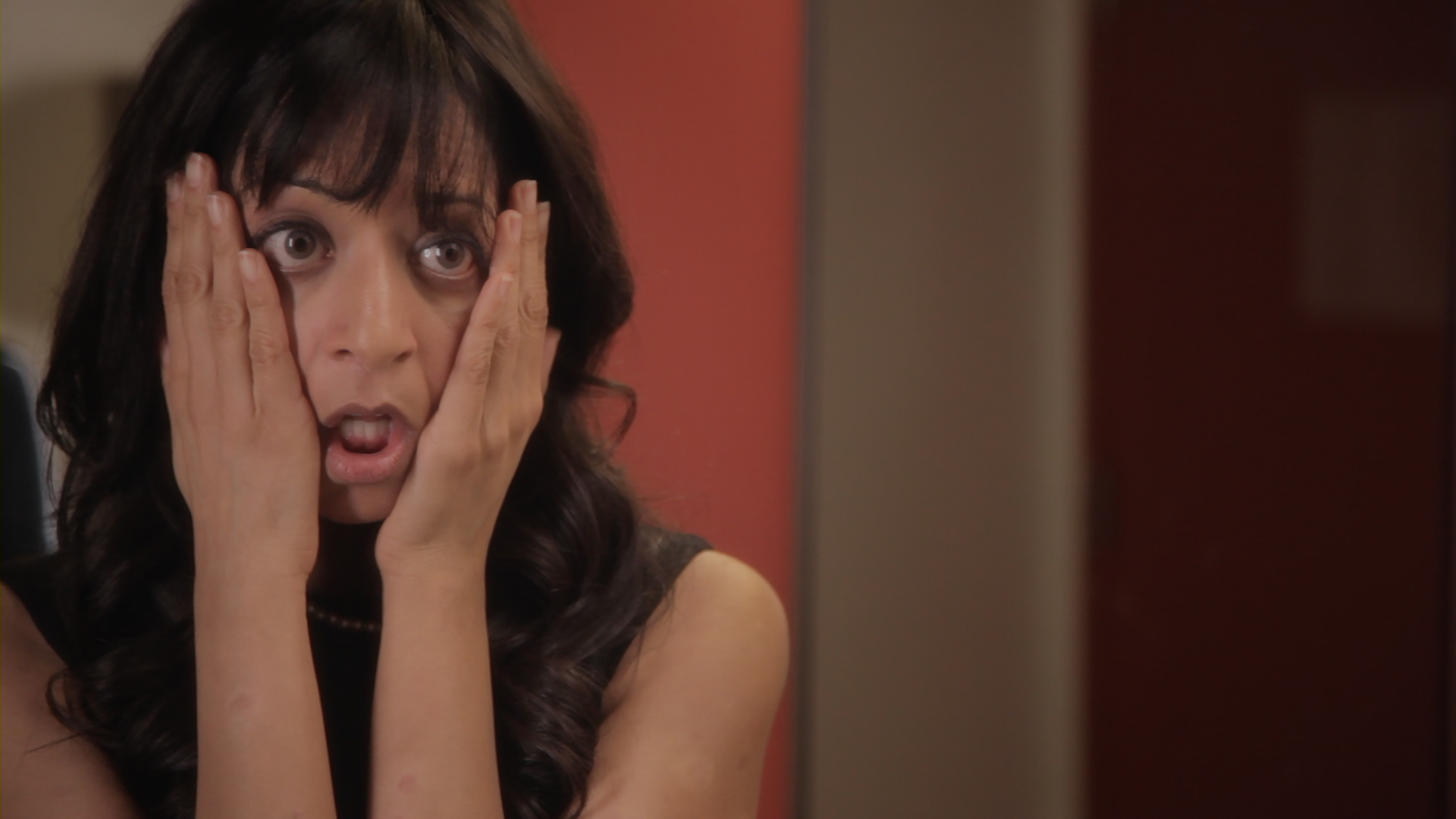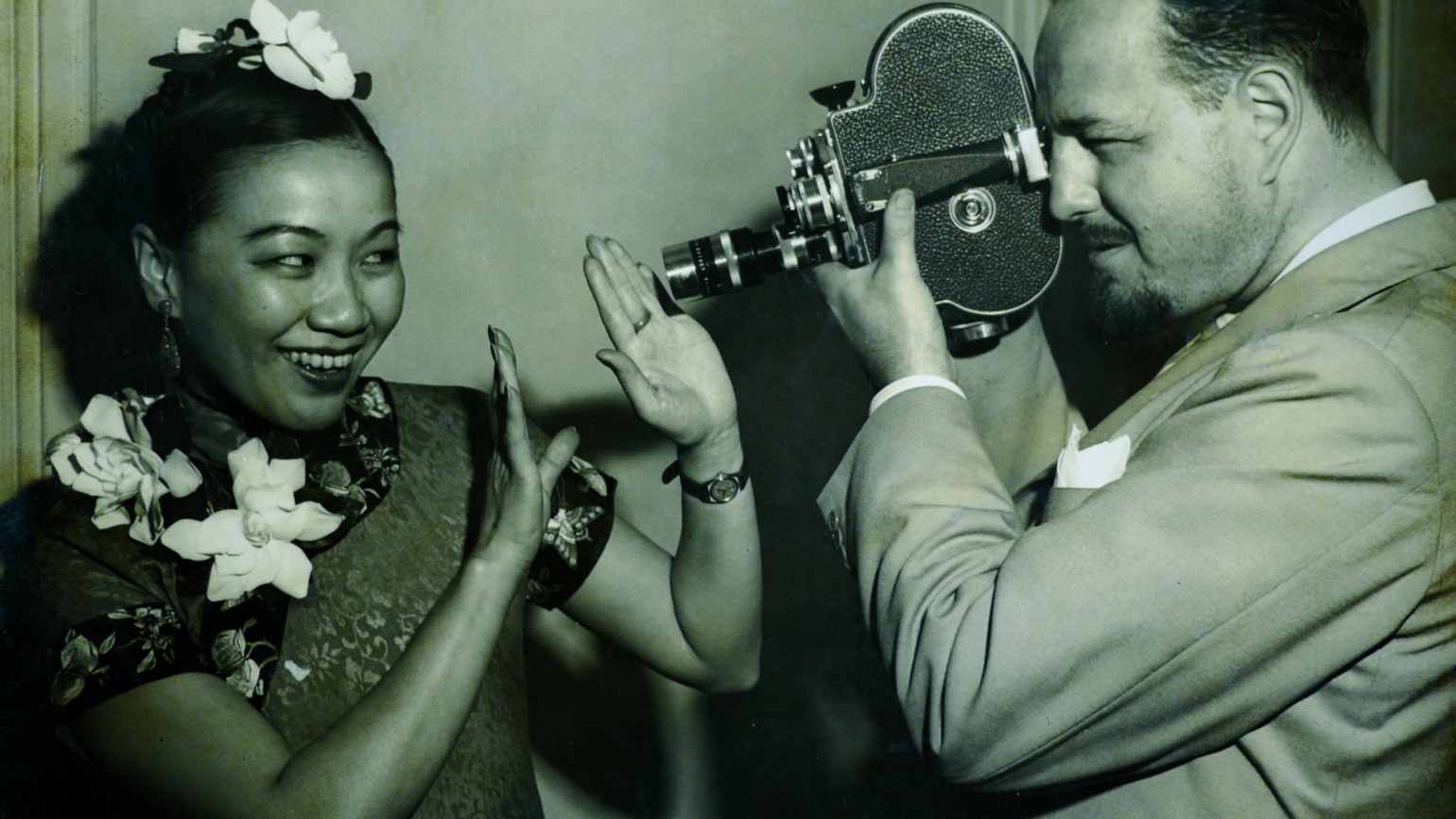Held in New York City, the Bushwick Film Festival is “hailed as one of Brooklyn’s most influential cinematic events for its contribution to the borough’s artistic, cultural, and economic growth.” The festival “proudly shines a spotlight on diverse filmmakers.”
BFF is dedicated to both filmmakers and audiences. “Its mission is to inspire filmmakers to harness the spirit of entrepreneurship, give them a platform to grow an audience, help strengthen their networks, increase their chances to connect with industry professionals, and present them opportunities to make a living doing what they love. Its mission to its audiences is to provide spaces where people from all backgrounds can gather and enjoy new and exciting niche films that are not typically made available and/or accessible to them, along with opportunities to attend educational and cultural events.”
“Kweighbaye Kotee is the Founder and CEO of Bushwick Film Festival (BFF) and MCCG; host/creator of Indie Cinema New York (ICNY) on BRIC TV; Executive Director of two arts and culture foundations (SPACE & OPEN) and is currently in post production for her new documentary, The Bushwick Diaries.”
Now in its tenth year, BFF will run from October 12th-15th. Below are the women-directed and women-centric narrative films, short films, and web series featured at the festival.
THURSDAY, OCTOBER 12 | 6:30pm
In Case of Emergency
Director: Stephanie Sparks
Narrative Feature | USA | 1 hr, 19 m
October 12 | 6:30pm Opening Night w/ Red Carpet Reception, Film Starts at 8pm, Party Begins at 10pm
“Powerhouse Park Avenue-wife wannabe, Sarah Williams (Stefanie Sparks), gets hit by a taxi and survives, only to discover she’s lost her two most prized possessions – her uterus and her status as a socialite. With the help of an unexpected new friend, Melinda (Jenni Ruiza), Sarah comes face to face with the harsh reality of her fabricated life.”
FRIDAY, OCTOBER 13 | 3pm
Nana
Director: Serena Dykman
Documentary Feature | Germany, USA, Poland | 1hr, 40m
October 13 | 3pm
Q&A with Director Post-Screening
“The filmmaker retraces her grandmother’s Auschwitz survival story, and investigates how her life-long fight against intolerance can continue to be taught to the new generations, against the backdrop of current events.
“Maryla Michalowski-Dyamant, born in Poland, survived Ravensbruck, Malchow, and Auschwitz, where she was the forced translator of the “Angel of Death”, Dr. Mengele. She dedicated her post-war life to publicly speaking of her survival to the young generations, so that it would never be forgotten or repeated. Alice and Serena, her daughter and granddaughter, explore how Maryla’s fight against intolerance can continue today, in a world where survivors are disappearing, and intolerance, racism and antisemitism are on the rise.”
SATURDAY, OCTOBER 14 | 6pm
American Koko
Creator: Diarra Kilpatrick, Director: Pete Chatmon
Web Series Comedy | USA | 1hr
October 14 | 6pm
Q&A with Diarra Kilpatrick Post-Screening
“Akosua Millard, codenamed “Koko”, investigates and solves sticky racial situations in a post post-racial America as a member of the E.A.R. Agency (Everybody’s A little bit Racist). As she and her team of specialists tackle cases, she herself is trying to reconcile the trauma of her past that has led to outbursts of her Angry Black Woman syndrome. It gets in the way of her work…and more importantly, her dating life as her latest boyfriend may be the downfall to her and the agency!”
SATURDAY, OCTOBER 14 | 7pm
Whose Streets?
Directors: Sabaah Folayan and Damon Davis
Documentary Feature | USA | 1hr, 43m
October 14 | 7pm
“How the Killing of 18-year-old Mike Brown inspired a community to fight back. A people’s documentary.
“The activists and leaders who live and breathe this movement for justice bring you Whose Streets? – a documentary about the Ferguson uprising. When unarmed teenager Michael Brown is killed by police and then left lying in the street for hours, it marks a breaking point for the residents of St. Louis County. Grief, long-standing tension, and renewed anger bring residents together to hold a vigil and protest this latest tragedy. In the days that follow, artists, musicians, teachers, and parents turn into freedom fighters, standing on the front lines to demand justice. As the national guard descends on Ferguson, a small suburb of st. Louis, with military-grade weaponry, these young community members become the torchbearers of a new wave of resistance. For this generation, the battle is not for civil rights, but for the right to live.”
SATURDAY, OCTOBER 14 | 7:30pm
SHORT FILM BLOCK: ‘BUSHWICK & CHILL’
October 14 | 7:30pm | 1 hr, 25 m
Q&A with Directors Post-Screening
Cake
Director: Anne Hu | USA
“Eliza tries to explore her sexuality within her marriage with her husband Thomas by surprise ordering a female sex robot for them to share. But the sexbot is not the cure-all she had hoped for. Be careful what you wish for.”
Poop Emoji
Director: Nancy Asiamah-Yeboah | USA
“Tre, a popular social media personality, is convinced by his best friend to go to a house party instead of a 90s-themed club event. To his surprise, Tre’s childhood best friend, Kim, happens to be at the party and the three spend the night exploring Tre’s current, wild, polygamous love life. With a slip of the tongue, it is revealed that Tre has not met any of his girlfriends in person, and Kim is annoyed by how much Tre is infatuated with these “women”. Some humanity is knocked into Tre after grasping Kim’s disinterest in his online persona.”
Peach and Cherry
Director: Noah LePage | France, French Language
“Two self-proclaimed “Unlovers” go on a summertime journey of self-discovery through the streets of Paris.”
After Words
Director: Mia Bunai | USA
“After Words: The Opposite of Foreplay offers a humorous glimpse of love’s pursuit. Claire searches for both good love and good sex with a range of partners, from charming to questionable. The film explores romance’s gamble, challenging the common tropes of on-screen sex. Shot solely in Claire’s bedroom, in scenes that take place immediately after sex, Claire’s journey charts the rickety path to finding love.”
Poison
Director: Erica Eng | USA
“Horace Gold’s poetic words personify his past unhealthy relationship with alcohol through a fictional relationship with a woman. Inspired by the surrealist film “Meshes Of The Afternoon” — POISON is an expression of addiction through repetition.”
Bruce Loves You
Director: Darin Quan | USA
“A young woman, Penelope, lives with her best friend, Hillary, who is dating a ghost, Bruce, who haunts their apartment and emerges when Hillary plays her keyboard. When Bruce begins to show interest in Penelope, complimenting her ‘subtle voice’, the friendship between the two women hangs in the balance!”
Consenting Adults
Director: Alice Gruia | Germany
“Philip and Jelena are getting ready for a night in: having a quick shower, arranging some snacks on the table and making the odd snide remark. Both are too preoccupied trying to cover up their own insecurity to actually realise how insecure the other is. Their routined, oblique way of communicating is like a boxing match. Sometimes a swing makes real contact and it hurts, sometimes they just dodge and taunt. But in the end, both are out for the count, when the unspoken is finally said.”
You Should Know Better
Director: Thanos Topouzis | Written/Produced by Paula Hämäläinen | United Kingdom
“You Should Know Better is a comedy short film that offers a glimpse into the life of Rae, a twenty-something receptionist whose fairly boring life momentarily goes off the tracks when she meets Oliver, a self-proclaimed feminist poet, and accidentally gets pregnant.”
SATURDAY, OCTOBER 14 | 9:30pm
WEB SERIES / NEW MEDIA
October 14 | 9:30pm | 1 hr, 20 m
Q&A with Directors Post-Screening
Doomsday
Directors: Sonja O’Hara and Jaspal Binning | USA
“Doomsday is an award-winning episodic drama that follows the daily lives of the residents of a matriarchal cult and explores the gray area where youthful idealism evolves into deadly extremism.”
The Feels
Directors: Tim Manley and Naje Lataillade | USA
“The Feels follows the awkward and endearing Charlie, a bi illustrator and high school teacher trying to navigate adulthood and queerhood. Rather than present a traditional story arc, each episode of the show is more a series of tender human moments — a live-action comic strip, a daily dose of humanity.”
Actually, No
Directors: Chris Raddatz and Charlie Hoxie | USA
“A new series of mockumentary shorts that focuses on Brooklyn’s most underrepresented characters — people who may or may not exist.”
Best Thing You’ll Ever Do
Directed by Catherine Fordham | USA
“When a hard-working entrepreneur sets her sites on the opportunity of a lifetime, she unexpectedly meets the man of her dreams and feels forced to decide between pursuing career success or having a family.”
Period Piece
Creator: Liliana Tandon | USA
“Period Piece is an award-winning comedic web series about women in different periods of history… having their periods.”
1 Minute Meal: A Documentary Portrait of NYC
Director: James Boo | USA
“1 Minute Meal is a documentary web series that uses food to reveal the communities, legacies, dreams, realities, and unseen forces that shape life in New York City. The purpose of this work—which has been exhibited online, in theatres, and in visual arts spaces—is to create a more inclusive and dignified media portrayal of diversity in the United States.”
Tinder Is the Night
Director: Misha Calvert | USA
“Eddie and her three best friends are looking for love, sex, and companionship, but a string of bizarre internet meetups make them question the sanity of dating. Inspired by real events, Tinder is the Night is a short digital comedy that chronicles the online dating adventures of Eddie and her three girlfriends in New York City and the gorgeous, ugly, sexy, kinky, fantastically weird men and women they meet along the way. In the pilot, poor, dorky Eddie is excited about a hot first date, and her best friends try to help her comprehend the intricacies of online romance.”
SATURDAY, OCTOBER 14 | 10:30pm
Pretty Far from Okay
Director: Helena Hufnagel
Narrative Feature | Germany | 1hr, 24m
October 14 | 10:30pm
“Isi (27) is stucked in a quater-life-crisis. With a graphic diploma in one hand and a drink in the other, Isi is stucked in a strange place ‚inbetween’ university and real life. This place would seem bleak and lonely, if her very best friend Lotte wasn’t there with here. But that changes abruptly when Lotte not only needs a real job but also falls in love with her colleague Leo, effectively ending their live as a twosome. One second later Lotte is a vegan grown up and Isi’s live is turning backwards. She has to move into a filthy at-share despairing over the antics of her “musician” at- mate Klausi and the slightlithy crazy medical student Daniel. While Isi is working on a Graphic Novel from Scott Fitzgeralds “The Beautiful and Damned”, she starts to realize, that adulthood has arrived, like a runaway train, and there’s no getting out of its way. She find’s herself in an almost awesome, love-hate relationship with her twenties, which is “pretty far from okay.””
SUNDAY, OCTOBER 15 | 12pm
We Are Mary
Director: Julie Wiles
Documentary Feature | USA
October 15 | 12pm
Q&A with Directors Post-Screening
“We Are Mary tells the frank, heart-wrenching story of a woman who suffered from Dissociative Identity Disorder (more commonly know as Multiple Personality Disorder) during childhood and most of her adult life.”
SUNDAY, OCTOBER 15 | 1pm
The Valley
Director: Saila Kariat
Narrative Feature Drama | USA | 1hr 35min
October 15 | 1:00pm
“The Valley is the story of an immigrant entrepreneur Neal Kumar and his family, who live in the technologically driven culture that is silicon valley. His affluent life appears idyllic from the exterior, however, when his daughter Maya tragically commits suicide, the fractured nature of his interior life becomes apparent to himself and those around him.”
SUNDAY, OCTOBER 15 | 2:15pm
Tribal Justice
Director: Anne Makepeace
Documentary Feature | USA | 1 hr, 30 m
Q&A with Director Post-Screening
“Two Native American judges, both strong women, are forging innovative justice systems to keep their people out of prison, prevent children from being taken from their communities, and stop the school-to-prison pipeline that plagues their young people. Their justice is personal, dedicated, harking back to age-old traditions to help tribal members live in the modern world. Vérité footage of these judges’ lives and work form the backbone of the documentary, while the heart of the film follows several cases in and out of their courtrooms. In their courts, Judges Abby and Claudette are modeling restorative justice in action.”
SUNDAY, OCTOBER 15 | 2:30pm
SHORT FILM BLOCK: ‘THIS WOMAN’S WORK’
October 15 | 2:30 pm | 1 hr, 30 m
Q&A with Directors Post-Screening
Gema
Director: Kenrick Prince | USA
“After an emotional day with her family, Gema Walker comes home to face meeting her fiancé’s parents for the first time. Upon discovering that her future in-laws plan to drop by their Brooklyn apartment before dinner, Gema is forced into an emotional confrontation when Sam admits that he’s still harboring a sensitive and potentially damaging truth from his parents.”
Leche (Milk)
Director: Gabriella Moses | USA
“Nina, a 9 year-old Dominican American girl rejected by her peers in school because of her albinism, finds solace in the death of an albino deer in her community as she is forced to be friends with her bully.”
Buttercup
Director: Megan Brotherton | USA
“On days you just can’t handle, it helps to have a friend around. Maggie hasn’t seen Janie in forever, but with a hearty brownie breakfast and a boozy run, they quickly make up for lost time. Still, at the end of the day, they both have to face some hard realities.”
Goddess (Devi)
Director: Karishma Dev Dube | India, Bengali Language
“Set in New Delhi, a closeted lesbian risks family and social boundaries as she pursues her attraction towards her household maid, Devi.”
Out Again
Director: Robin Cloud | USA
“Cat visits her parents for the weekend and is confronted with her mother’s inability to remember one key detail.”
He Could’ve Gone Pro
Director: McGhee Monteith | USA
“When Debbie comes home for Christmas, she and her mother Gayle are forced to confront the truth about their family’s past over a tense holiday lunch.”
Fry Day
Director: Laura Moss | USA
“An adolescent girl comes of age against the backdrop of Ted Bundy’s execution in 1989.”
To purchase tickets and for more information, please visit Bushwick Film Festival’s website. All film and festival descriptions are courtesy of Bushwick Film Festival.
